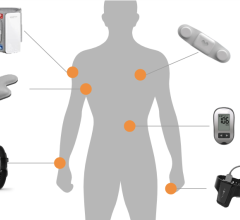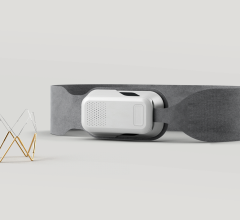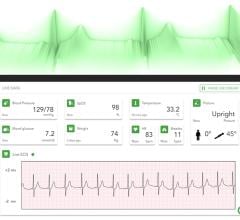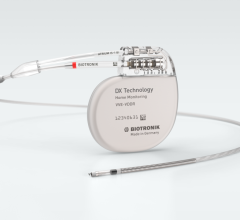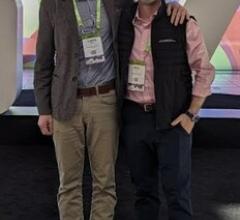
December 6, 2011 — Kaleida Health, part of the Buffalo Heart Group in Buffalo, N.Y., announced its first implant of the AngelMed Guardian cardiac monitor and alert system Nov. 29. The system is designed to reduce the time it takes patients to get to the emergency room during an impending heart attack. Hashmat Ashraf, M.D., performed the first implant in the state of New York, and is among the first physicians across the United States to implant the experimental device.
The system is designed to track significant changes in the heart's electrical signal and then alert patients to seek medical attention. The objective of the ALERTS Pivotal Study is to assess the system’s safety and effectiveness.
David Garland, a seventh grade teacher at JFK in Buffalo, is the first patient in New York enrolled in the ALERTS study to receive the Guardian system. David had a heart attack in July and underwent stent placement. He has a strong family history of heart disease; his symptoms included fatigue and "indigestion like" pain and had symptoms for weeks before his heart attack.
He was successfully implanted with the device by Ashraf at Kaleida Health Millard Fillmore Gates Hospital.
The ALERTS principal investigator said, "This study provides an excellent opportunity for some of our patients who are at high-risk of having another heart attack. The device is designed to measure changes in the electrical signal of the heart and alert the patient at the earliest onset of a heart attack so that they can get treatment as soon as possible."
According to the American Heart Association, one of every five deaths in the U.S. is attributable to coronary heart disease. Furthermore, 50 percent of heart-attack fatalities occur within one hour of symptom onset, before the patient even reaches the hospital.
The AngelMed Guardian System is comprised of an internal implantable device about the size of a standard pacemaker; it also features a lead into the heart, an external telemetry device, and a programmer that aids physicians in evaluating heart signals.
Buffalo Heart Group is among the first medical facilities to participate in the system trial. To participate in the ALERTS study, patients must meet various inclusion criteria.
For more information: www.angel-med.com


 June 11, 2025
June 11, 2025 



